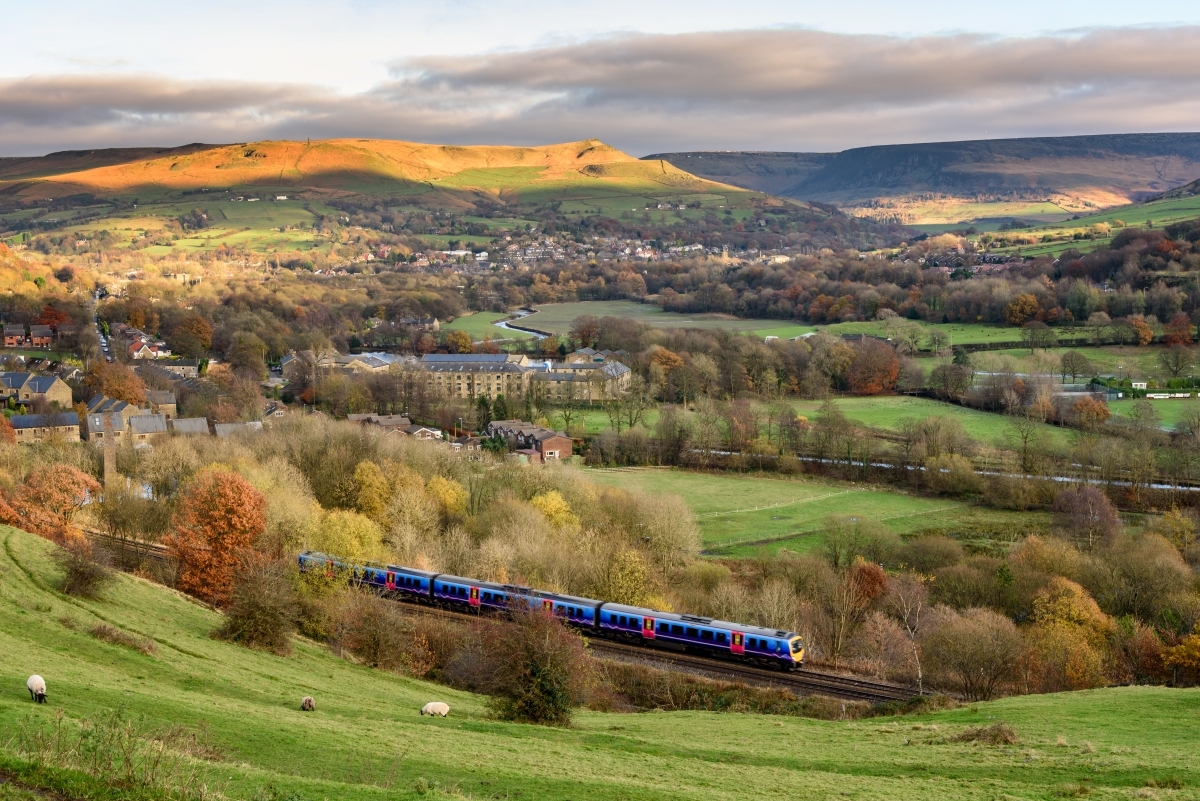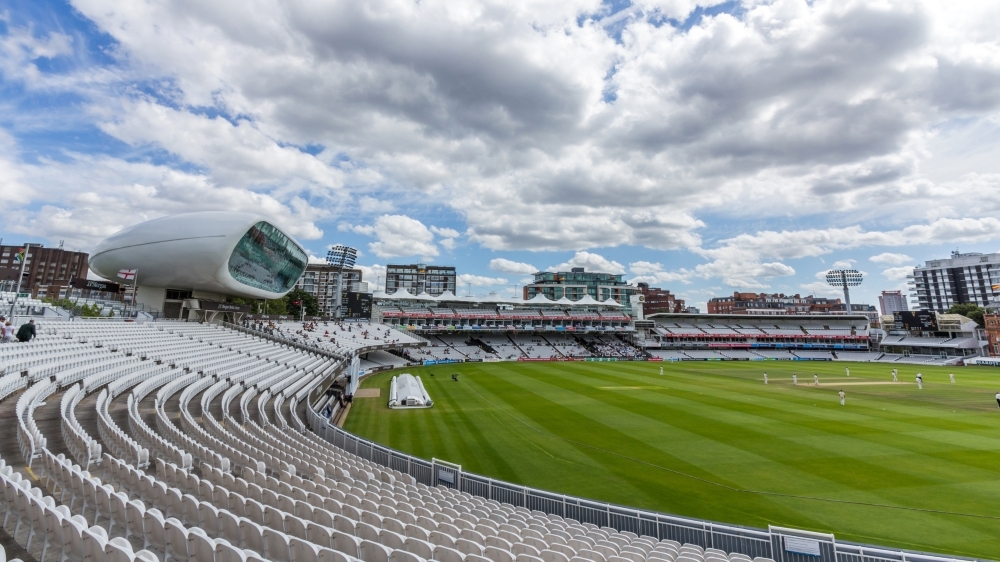The Most Beautiful Islands in the UK to Live
The British Isles are a menagerie of islands, equally great and small, where life is enjoyed at a more gentle pace, punctuated only by the dramatic landscapes and conditions which have led to the unique ways of living and identities forming on each mass. Across all four nations, island life is marked by dramatically differing climate and weather, levels of local infrastructure and connectivity to the mainland, varying layers of tourism and of course, living appeal.
However, one thing many islands share is a deep, raw natural beauty which stubbornly endures despite many other parts of the country now looking unrecognisable after millennia of human evolution. Whilst many of the UK's islands may look markedly different from each other, one thing they all have in common is a palpable aura and allure, which sets them apart as some of the most beautiful places to live in the country.

Isle of Skye, Scotland
For many, the Isle of Skye remains the crown jewel of Scotland’s many stunning islands. Skye, perhaps more so than any other, is an island with a reputation that's been shaped by its aesthetics. From its weather-beaten cliffs and coves to discernible heritage between ancient Celtic and Norse architectural remnants, it is dominated by the towering Cuillin mountains, whose dark peaks often vanish into an imposing mass of cloud throughout the year. The Trotternish Ridge offers a tantalising world of peaks and spires, particularly the Quiraing and the Old Man of Storr, which are perpetually popular among hikers. The island’s westernmost headland, Neist Point, is a cliff-perched lighthouse with views that stretch out far across the Atlantic, perfectly encapsulating its isolated charm.
Skye’s appeal for less active visitors may be more readily established in the wool, tweed and whiskey trade, but for those wishing to make the island a more permanent abode, the island has much to offer. Living more connected in Portree – the main town and harbour for the island, with its pastel houses and abundance of fine seafood dining – or, opting for more rustic villages like Elgol and Dunvegan with stone-built cottages, holds truly timeless appeal. Whilst the weather is certainly more on the wild side for most of the year, the exposure to the elements is what has lent Skye its raw beauty and reputation as Scotland's most beautiful island.
Isle of Wight, England
One of the most closely connected islands to the mainland, the Isle of Wight is, by virtue of its proximity to the rest of the country, more of a natural extension of life in Britain. However, its reputation as a seaside holiday destination and very agreeable weather for most of the year typically sees life on this island viewed through a pair of rose-tinted glasses. Long associated with Queen Victoria, who built Osborne House close to Ryde as her summer retreat, the island’s northern coast carries echoes of this golden era in Britain through its seaside promenades, tea rooms, and horse-drawn carriages. Yet the southern coastline is a very different picture entirely and reflects the polarised nature of life on the Isle of Wight perfectly.
Dramatic sandstone cliffs, fossil-rich beaches and obelisk-like chalk stacks rise imposingly from the sea, like the iconic Needles Battery at the South West tip of the Island. Whilst the interior is very lush and green, filled with dense woodland, most of the more prominent communities are located on the North shore. Cowes, with its beautiful harbour, takes centre stage each summer with the famous sailing regatta. Bembridge and Seaview remain genteel coastal villages that seem almost frozen in time. The more built-up and industrial area around Newport in the centre of the island feels a world apart from the likes of Cowes and Yarmouth. But the Isle of Wight thrives as a diverse destination where would-be movers can carve out their own slice of island life, however they wish, wherever they wish.
Anglesey, Wales
Once considered the sacred island of the Druids, Anglesey remains one of Wales’s most celebrated and well connected destinations. Separated from the mainland by the Menai Strait but connected by Thomas Telford’s handsome suspension bridge, the island is home to stone circles, Neolithic tombs, and romantic ruins that have made it ever popular with day trippers and long weekenders. Beaumaris Castle, one of Edward I’s most technically ambitious fortresses, still commands the water’s edge, while the rest of the island harbours lighthouses, tidal estuaries and stunning views of both the Welsh and English coastline, with even a rare glimpse at the Isle of Man possible on the clearest of days.
Anglesey’s beaches are among the best in the UK. Llanddwyn Island, technically a tidal islet off the south-west coast, is beloved for its views, lighthouse, and legend of Saint Dwynwen, the Welsh patron of lovers. Elsewhere, Red Wharf Bay and Rhosneigr appeal to families and water sports enthusiasts alike, but making a permanent home on this island – which is brimming with life – and live for the Welsh language and culture, is a worthy dream for those wishing to firmly immerse themselves in the strong and proud community that call this island, home.
Rathlin Island, Northern Ireland
Rathlin, Northern Ireland’s only inhabited offshore island, may only lie six miles from Ballycastle, but life here feels remarkably far-flung. Home to fewer than 150 permanent residents, the west of the island hosts sheer sea cliffs that rival those of Orkney or Donegal, and is the nesting site of thousands of seabirds, including puffins, razorbills, and fulmars. The island's history is no less compelling. Robert the Bruce is said to have sheltered here in a cave after defeat by the English in 1306, inspired by the perseverance of a spider he witnessed fail multiple times to spin a web before finally succeeding.
The island endured great hardship during multiple famines and as a result, its population tumbled, yet its spirit endures. Whilst tiny by comparison to most of the islands on this list – barely offering more in terms of facilities than a charming, centuries-old pub and a few humble shops between its sequestered nature and charming fishing cottages – Rathlin offers a curiously compelling case for Island life that's far more in keeping with history.
Jersey, Channel Islands
Jersey is the largest of the Channel Islands, and provides something of a paradox for those wanting to emulate island life in Britain. In geography terms, is is much closer to France than Britain, yet firmly shaped by English customs and culture, offering a distinct blend of life between both nations. It’s an island of granite cottages with French slate roofs, golden beaches that stretch unbroken for miles, imposing cliffside bunkers where locals have gathered for decades since the end of the Second World War, and a curiously strong national identity. The island's chief settlement of St Helier hums with the traffic of boats passing in and out of the harbour and marinas throughout the year, and blends grand waterfront living with Edwardian terraces of the town centre.
Meanwhile, the quaint villages of St Brelade and Gorey offer an entirely different pace to life than the busy waterways of the capital. Churchyards are draped in sea thrift, and gentle wooden fishing boats bob in place of high-powered ribs and yachts. There is a more dreamy atmosphere, the kind one would expect along the south coast of England's many charming fishing hamlets. Jersey’s appeal lies in its multifaceted nature. Residents benefit from excellent healthcare, schooling, and tax exemption status, which ensures the quality of life on the largest of the Channel Islands, delivering a lifestyle that few other islands can emulate.



